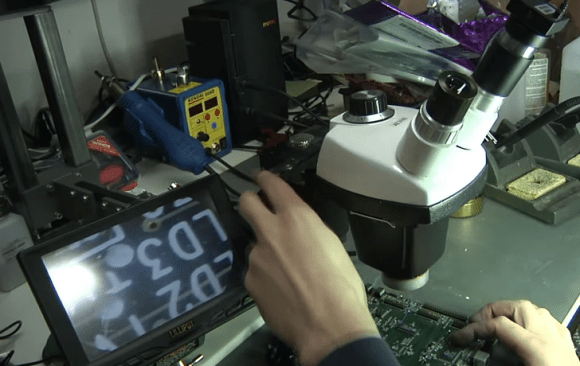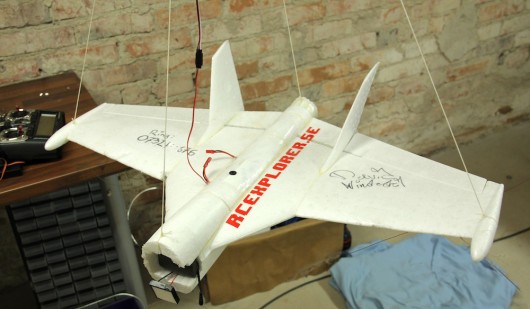
At the Revision 2013 demoparty held last weekend, visitors and guests wanting to check out the latest advances in programming old video game consoles got a real treat. [Abyss] took a Playstation 2, connected the composite video out port to a TV and an oscilloscope, and created the first dual display PS2.
From the official video of the demo, the two video signals are generated from a single video out on the PS2. Generating the composite video out is understandably fairly easy, but the second display – an oscilloscope – is driven during the Vblank period in the composite signal. There’s no audio trickery here; video signals are used for video, and audio signals are used for audio.
[Abyss] took first place in the wild demo competition at Revision 2013. Understandably, too, because this is one of the best demos we’ve ever seen. You can check out the official video from [Abyss] after the break, and the wild competition video after the break.
















